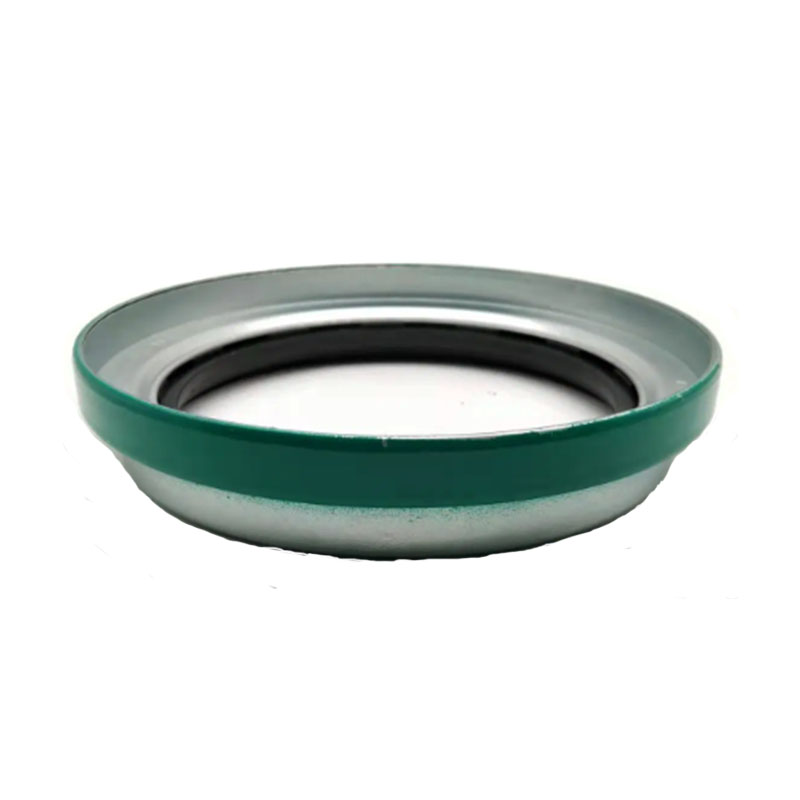bonded piston seal
Understanding Bonded Piston Seals An Essential Component for Efficient Mechanisms
In the realm of mechanical engineering and fluid dynamics, the importance of seals cannot be understated. Among the various types of seals used to prevent leaks in machinery, bonded piston seals stand out due to their unique design and functionality. These seals play a critical role in ensuring the efficiency and reliability of hydraulic and pneumatic systems, making them indispensable in numerous industrial applications.
What are Bonded Piston Seals?
Bonded piston seals are specifically designed seals that consist of two primary components the elastomeric seal and a metal backing. The elastomeric material is bonded to the metal, which reinforces the seal's structure and enhances its performance under challenging conditions. This configuration allows bonded piston seals to withstand high pressure and temperature variations while providing excellent wear resistance and minimizing the risk of leakage.
Applications of Bonded Piston Seals
Bonded piston seals are utilized across a broad spectrum of industries, including automotive, aerospace, and manufacturing. In hydraulic cylinders, for instance, these seals are crucial for maintaining pressure and enabling smooth operation. The automotive industry relies heavily on bonded piston seals in various applications, from brake systems to engine components, where the prevention of fluid leaks is paramount for safety and performance.
In aerospace, where weight and reliability are critical, bonded piston seals contribute to the overall efficiency of systems by providing a lightweight solution that does not compromise on strength or durability. Their application in landing gear, fuel systems, and hydraulic control systems is essential for the safe operation of modern aircraft.
Advantages of Using Bonded Piston Seals
bonded piston seal

The design of bonded piston seals inherently provides several advantages over traditional sealing methods. One of the most significant benefits is their ability to handle higher pressures and larger temperature ranges. This resilience results from the robust bonding between the elastomer and the metal backing, which allows the seal to maintain its integrity under extreme conditions.
Moreover, bonded piston seals reduce wear and tear over time, prolonging the lifespan of machinery and reducing maintenance costs. The efficiency with which these seals operate directly contributes to energy savings, as less energy is wasted overcoming leakage and inefficiencies in hydraulic or pneumatic systems.
Bonded piston seals also offer versatility. By utilizing various elastomeric materials, engineers can tailor the properties of the seal to meet specific requirements, including chemical compatibility, hardness, and temperature resistance. This customizability is pivotal for applications that involve aggressive fluids or extreme operating environments.
Challenges and Considerations
While bonded piston seals offer numerous benefits, they are not without challenges. The manufacturing process requires precision and expertise to ensure the quality of the bond between the elastomer and metal. Any flaws in this bond can lead to premature failure, making quality control paramount during production.
Additionally, the choice of materials must be carefully considered. Different elastomers have varying resistance to chemicals, and selecting the wrong material can result in failure in demanding environments. Therefore, thorough testing and validation are essential before implementation in critical systems.
Conclusion
Bonded piston seals represent a significant advancement in sealing technology, offering durable and efficient solutions for a wide array of applications. Their ability to perform reliably under pressure and temperature extremes makes them a crucial component in modern machinery. As industries continue to evolve and demand higher efficiencies, the role of bonded piston seals will only become more prominent, ensuring safe and reliable operation in the mechanical systems we rely on every day. Understanding this unique sealing technology equips engineers and designers with the knowledge necessary to optimize their applications and innovate further in the future.
-
Understanding the Front Main Engine Seal: Purpose, Maintenance, and Installation
News Jul.29,2025
-
Understanding O-Rings and Seal Rings: Types, Applications, and Custom Solutions
News Jul.29,2025
-
Understanding Crankshaft Oil Seals: Rear Seals, Pulley Seals, and Their Role in Engine Integrity
News Jul.29,2025
-
The Importance of Front and Rear Crankshaft Seals in Engine Performance and Oil Management
News Jul.29,2025
-
Crank Oil Seals: Functions, Types, and Cost Considerations in Engine Maintenance
News Jul.29,2025
-
A Comprehensive Guide to O-Rings and Seals: Types, Materials, and Global Applications
News Jul.29,2025
-
Mastering Diesel and Performance Engine Maintenance: A Guide to Critical Oil Gaskets
News Jul.28,2025
Products categories















